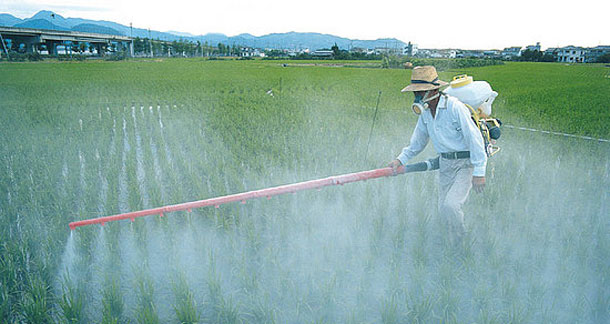The poison, the silence and the ghost of Bhopal
Notícia publicada em:
- 19 de Junho de 2018
For 30 years, in December 3rd, 1984, the city of Bhopal in India recorded the largest catastrophe in the history of the chemical industry. Although there is controversy about the numbers and technical details of the disaster, as the pesticide company refused to provide information, it is known that already in the early hours between 4 and 10 thousand people died. Other 200 thousand were intoxicated by the cloud of poison vented by the pesticides factory . It was registered, still, 25 000 cases of blindness, in a universe of about 50 thousand incapacitated for work.
Among us, the more spoken case occurred in Paulínia (SP). A pesticide factory that worked late 1970´s until 2002 contaminated workers, their children and neighbors of the plant installed in the Recanto dos pássaros neighborhood. There were more than 60 deaths, in addition to a list of more than 1,000 victims who appealed to justice to hold Shell-Basf. The lawsuit, led by the Ministry of Labor, dragged for years.
In 2013 an agreement in the Superior Labor Court was signed by which the company undertook to fund the lifetime medical care to infected, as well as pay some 200 million reals in compensation for collectives moral damages and approximately 170 million reals to former workers and their dependents, as individual redress.
 Anyway, it is true that the fantastic amount of agrochemicals are not produced for storage. In recent years, Brazil has consolidated itself as the largest consumer of agrochemicals market in the world. In 2009, consumption reached disquieting 5.2 litres per inhabitant. Numbers that do not consider illegal or smuggled products.
Anyway, it is true that the fantastic amount of agrochemicals are not produced for storage. In recent years, Brazil has consolidated itself as the largest consumer of agrochemicals market in the world. In 2009, consumption reached disquieting 5.2 litres per inhabitant. Numbers that do not consider illegal or smuggled products.
It is not difficult to conclude that a silent tragedy is being drawn. This poison is being dispersed over crops, fields, rivers, forests, animals, schools, houses and gardens, year after year.
The problem goes far beyond the food consumed in the cities that feature residues. There are robust research indicating water contamination (including groundwater and rain), in addition to associations between consumption growth of the poison and the elevation of the cases of mutilation, burnouts, of childhood cancer and congenital malformation.
As for the universe of victims, this is a very democratic process: consumers, workers, farmers, children and the population of the countryside and the cities. In vast areas cultivated by producers of commodities chemical-dependent model, no one escapes.
Despite all this, the official data is still shy. In 2009, only 6 million cases of pesticide poisoning were reported in Brazil. From 2000 to 2009, were 2. 052 registered deaths. However, the World Health Organization estimates that, in the sector, for each notified case, there are other 50 without registration. So, we must remember the silent fog around the model, marked by social and environmental unsustainability and the subnotifications.
This dynamic creates a territory with situations of occupational, health , social and environmental vulnerabilities. The devastating potential is fed by the lack of information from producers and society, beyond the illiteracy of the rural workers, which reaches 80% in the field. Most do not even have capacity to read or interpret the dark poison label alerts.
The producers, who generally live in cultivated areas, are also submitted to the targeting of research and funding, which does not allow the construction of economically viable alternatives to production. Workers and the society, in turn, are affected when the resignation of intoxicated and socialization of costs of labour disability occur, all absorbed by the Social Security. In the case of industries, territorial concentration of victims hindered the use of the applicant’s business strategy to take advantage of epidemiological silence.
The challenge that is baying for an efficient line of action, legal and technical, is in the appropriate measurement of the environmental, social and human tragedy of the victims of the storm of poison that hangs over our heads, so diffuse, in extensive territory.
This would be an initial step for the awareness and for precautionary measures/prevention that can prevent the rampant insanity to perpetuate the silent tragedy of Bhopal in our agricultural frontiers.
Source: Correio Braziliense.




